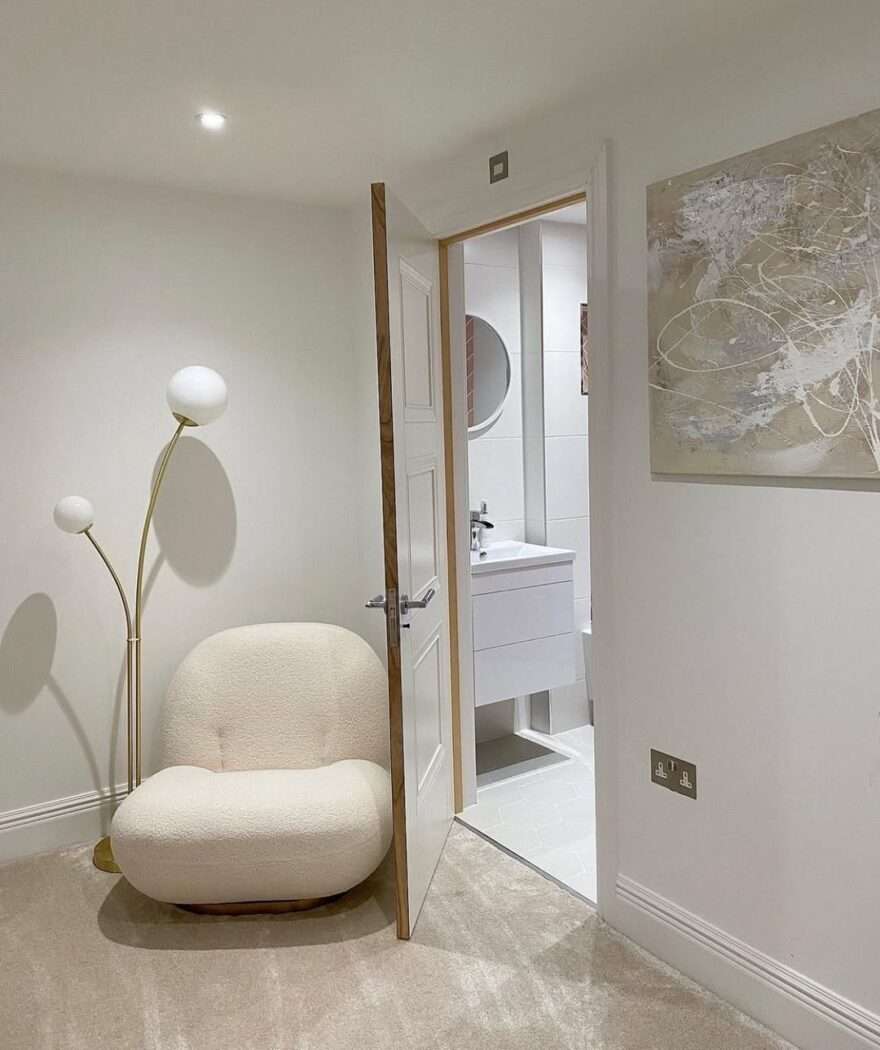When designing or renovating your home, every detail matters — and few details have as much visual impact as skirting boards and door frames. These two finishing elements define your room’s edges, frame your doors, and create the transition between walls and floors. When matched correctly, they give your interior a polished, cohesive appearance that looks professionally designed. If mismatched, however, they can make even the most beautifully decorated room feel incomplete. This guide explains how to perfectly match skirting and door frames for a seamless, stylish home design.
Understanding Skirting and Door Frames
Before you start matching, it’s important to understand their roles. Skirting boards run along the bottom of your walls, covering the joint where the wall meets the floor. They protect the wall from scuffs and give your interior a neat finish. Door frames, on the other hand, surround the door and provide structure, strength, and style. They’re often paired with architraves — decorative mouldings that conceal gaps between the frame and the wall. Together, these elements define the architectural outline of a room and connect different surfaces with elegance.
Why Matching Matters
Matching skirting and door frames creates visual harmony. When these two elements share a consistent design, colour, and profile, they help the eye flow smoothly across the room. This balance makes your space feel more refined and unified. Whether you’re designing a modern minimalist home or a classic traditional interior, matching trims bring everything together beautifully. They also make transitions between rooms look natural, especially when the same design continues throughout your home.
Choose a Consistent Material
The first step in achieving a seamless look is choosing the same material for both skirting and door frames. MDF (Medium-Density Fibreboard) is a popular and practical choice because it offers a smooth, consistent surface that’s easy to paint and customize. It’s also resistant to warping and cracking, ensuring your finishes remain perfect over time. For those who prefer a more natural aesthetic, solid wood can be used, although it requires more maintenance and can expand or contract with humidity changes. The key is to keep materials consistent so the finish feels uniform and balanced.
Match Profiles and Styles
Profile refers to the shape or contour of the skirting or frame. Matching profiles is one of the most effective ways to create a cohesive interior look.
-
For modern homes, opt for simple square-edged, bullnose, or chamfered profiles. These clean lines blend effortlessly with contemporary furniture and décor.
-
For traditional homes, ogee or torus profiles work best, adding a touch of elegance and sophistication.
-
For minimalist interiors, flush or shadow-gap skirtings can be paired with sleek frames for an invisible, streamlined effect.
Keeping both elements in the same profile ensures a unified and professional appearance across your space.
Colour Coordination
Colour plays a huge role in tying together skirting boards and door frames. The classic approach is to paint both in the same colour, usually white, for a crisp and timeless look. White trims brighten rooms and complement virtually any wall colour or flooring type.
For a modern twist, you can paint both the skirting and door frame in the same shade as the wall, creating a smooth, continuous effect that makes your room appear larger.
If you prefer contrast, darker trims can highlight architectural details and add drama — just make sure both skirting and frames share the same colour or tone to keep the look intentional and cohesive.
Consider the Height and Thickness
When matching skirting and door frames, proportions are just as important as colour and style. The height and thickness of your skirting should complement the width of your door frame and architrave. If your skirting is too tall or too thin compared to the door frame, it can disrupt the balance of your room. As a general rule, keep the dimensions proportional — thicker skirtings pair well with wide door architraves, while slimmer profiles suit smaller rooms or minimalist designs.
Create Flow Between Rooms
For a truly seamless design, continue your chosen skirting and door frame style throughout your home. This creates a sense of flow and unity from room to room. Even if your spaces differ in colour or theme, consistent trims will tie them together visually. In open-plan homes, this approach helps define spaces without breaking the design rhythm.
Finish and Paint for Perfection
Once you’ve chosen your materials and styles, proper finishing is key to achieving a seamless look. Most MDF skirting and door frames come pre-primed, making painting easier. Use high-quality paint to ensure a smooth, durable surface. Satin or semi-gloss finishes are popular choices, as they’re easy to clean and reflect light subtly. Always paint both skirting and door frames together to maintain consistency in colour and sheen.
Professional vs. DIY Installation
You can install skirting and door frames yourself if you have basic carpentry skills, but for a perfect fit, professional installation is recommended. Experts can ensure accurate cuts, neat joints, and seamless alignment — especially important in corners and door edges. Whether DIY or professional, take your time to fill any gaps with caulk and sand before painting for a flawless, high-end finish.
Conclusion
Matching skirting and door frames is one of the simplest yet most effective ways to elevate your interior design. When done right, it enhances the flow of your home, adds elegance, and makes your spaces feel intentionally designed. Choose consistent materials like MDF, coordinate profiles, align colours, and pay attention to proportions. These small details make a big difference in creating a seamless, stylish home where every element works in harmony. With the right choices, your skirting and door frames will not only frame your rooms — they’ll define your entire home’s personality.


